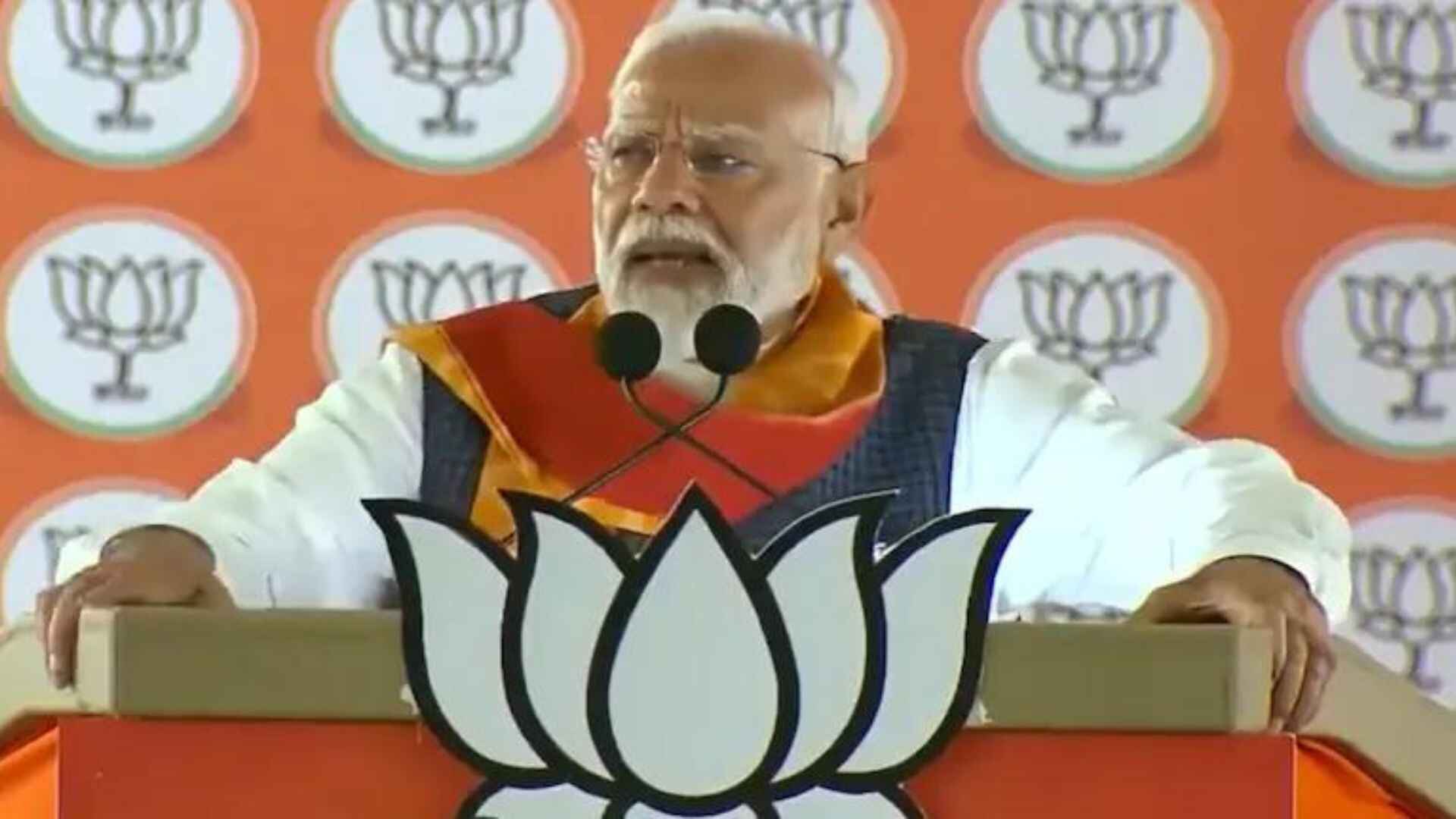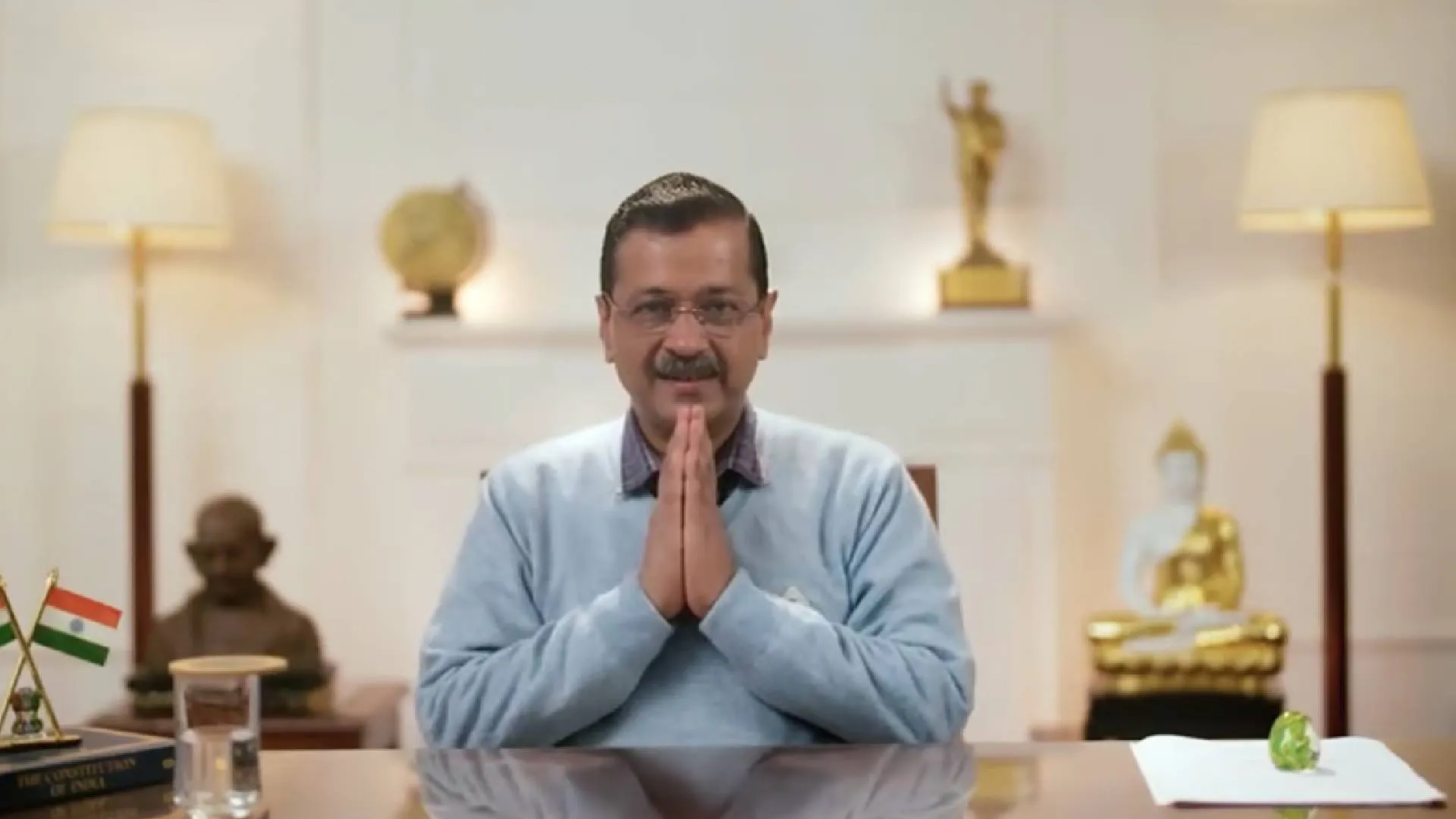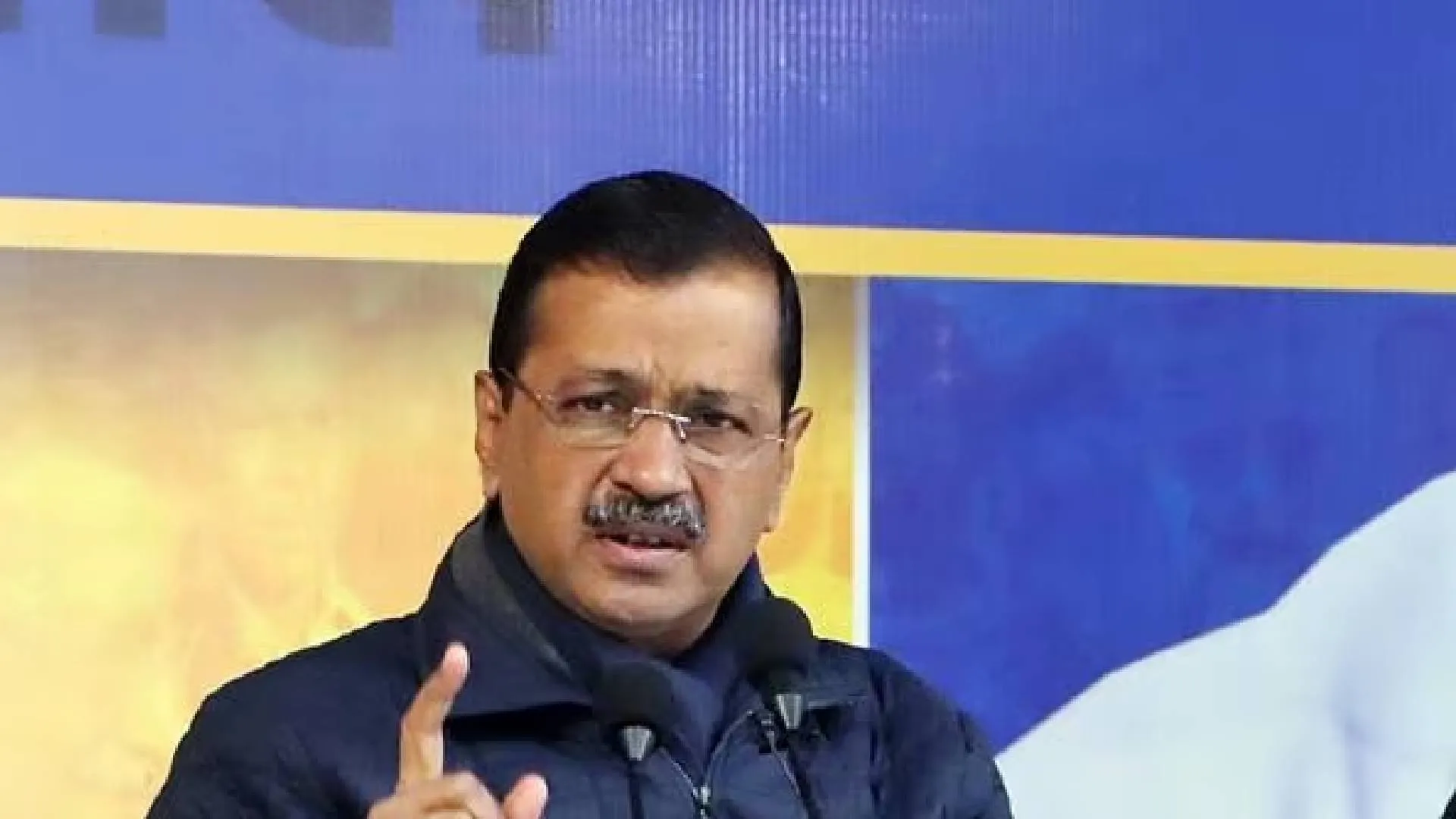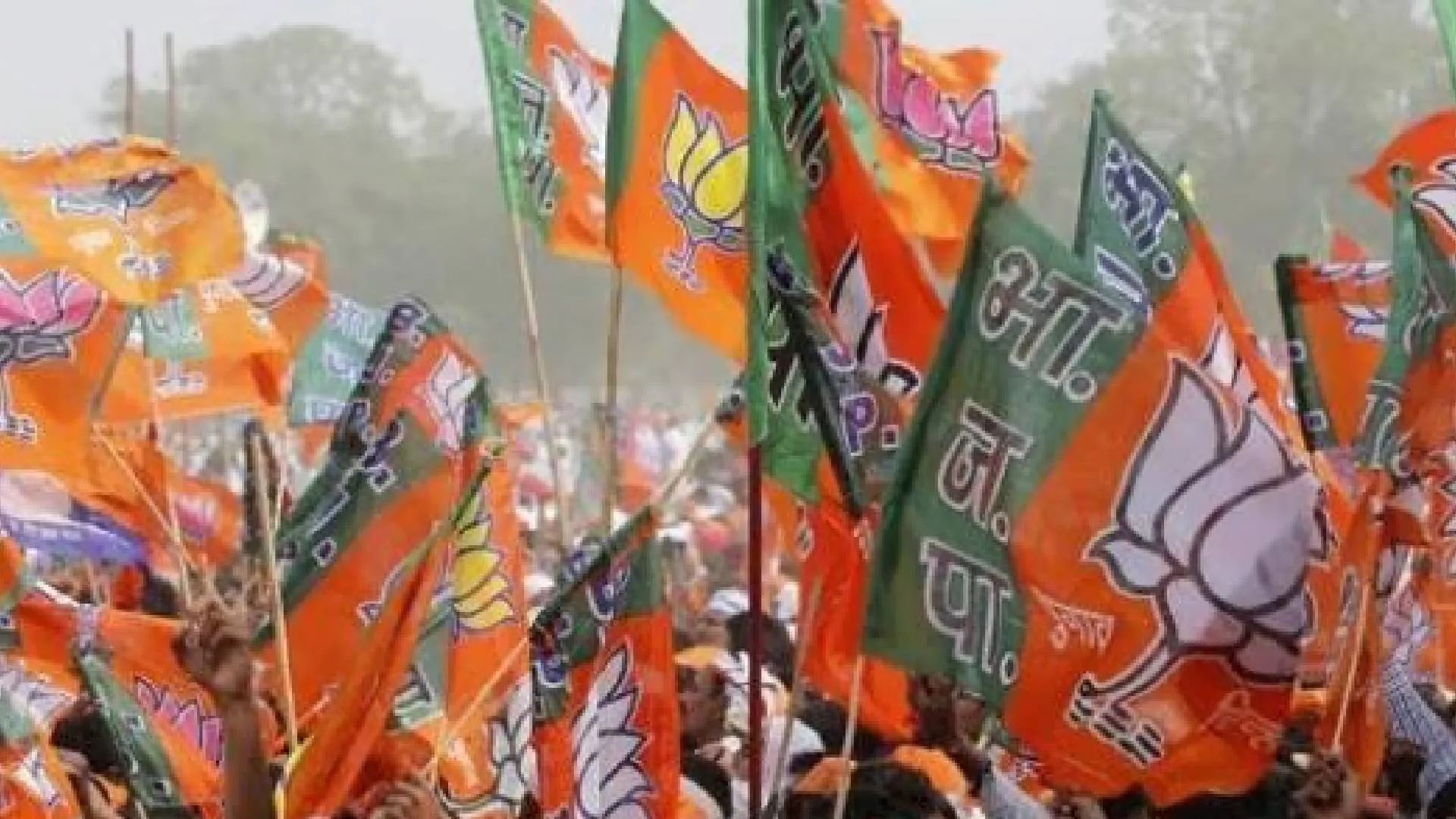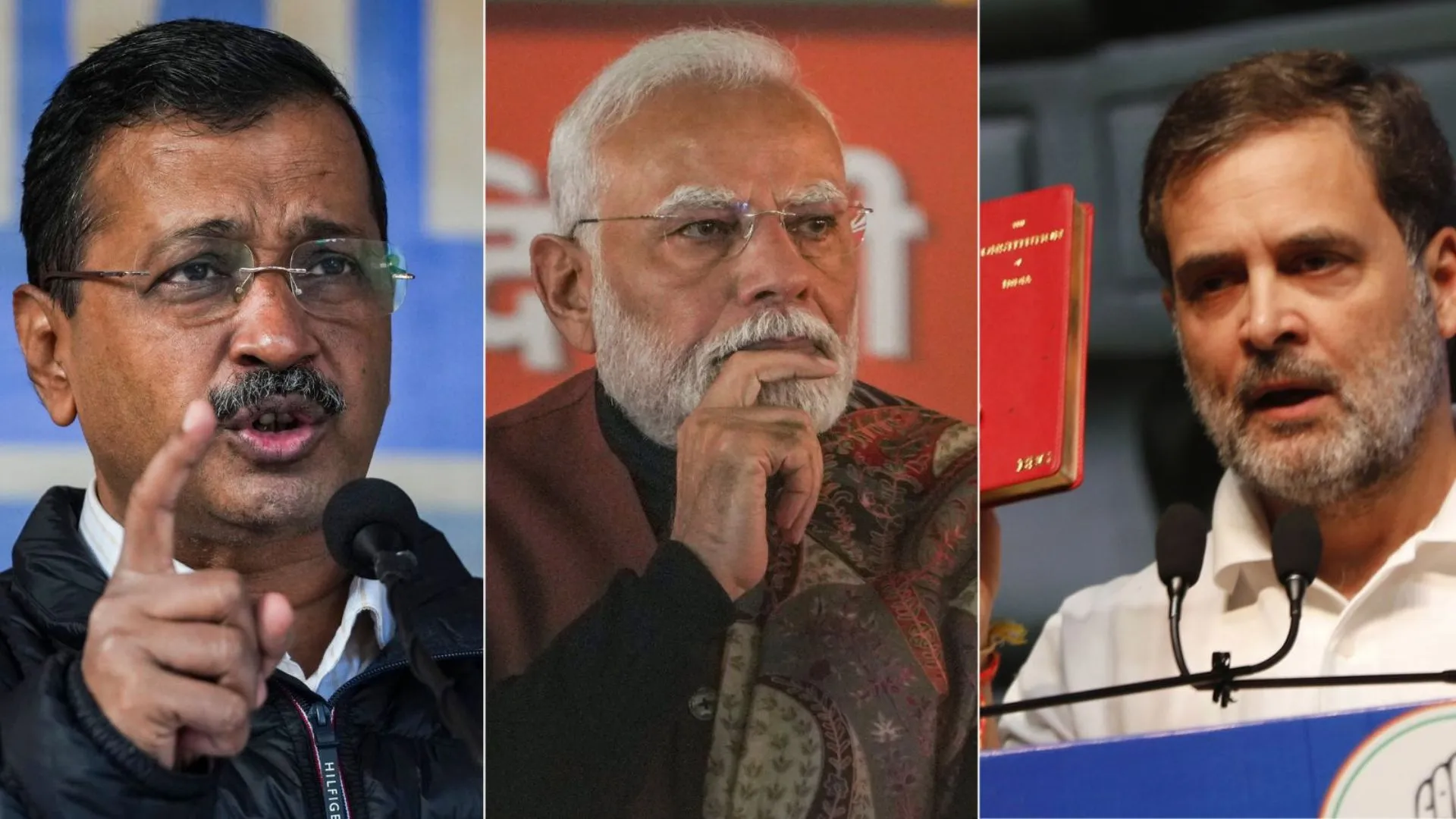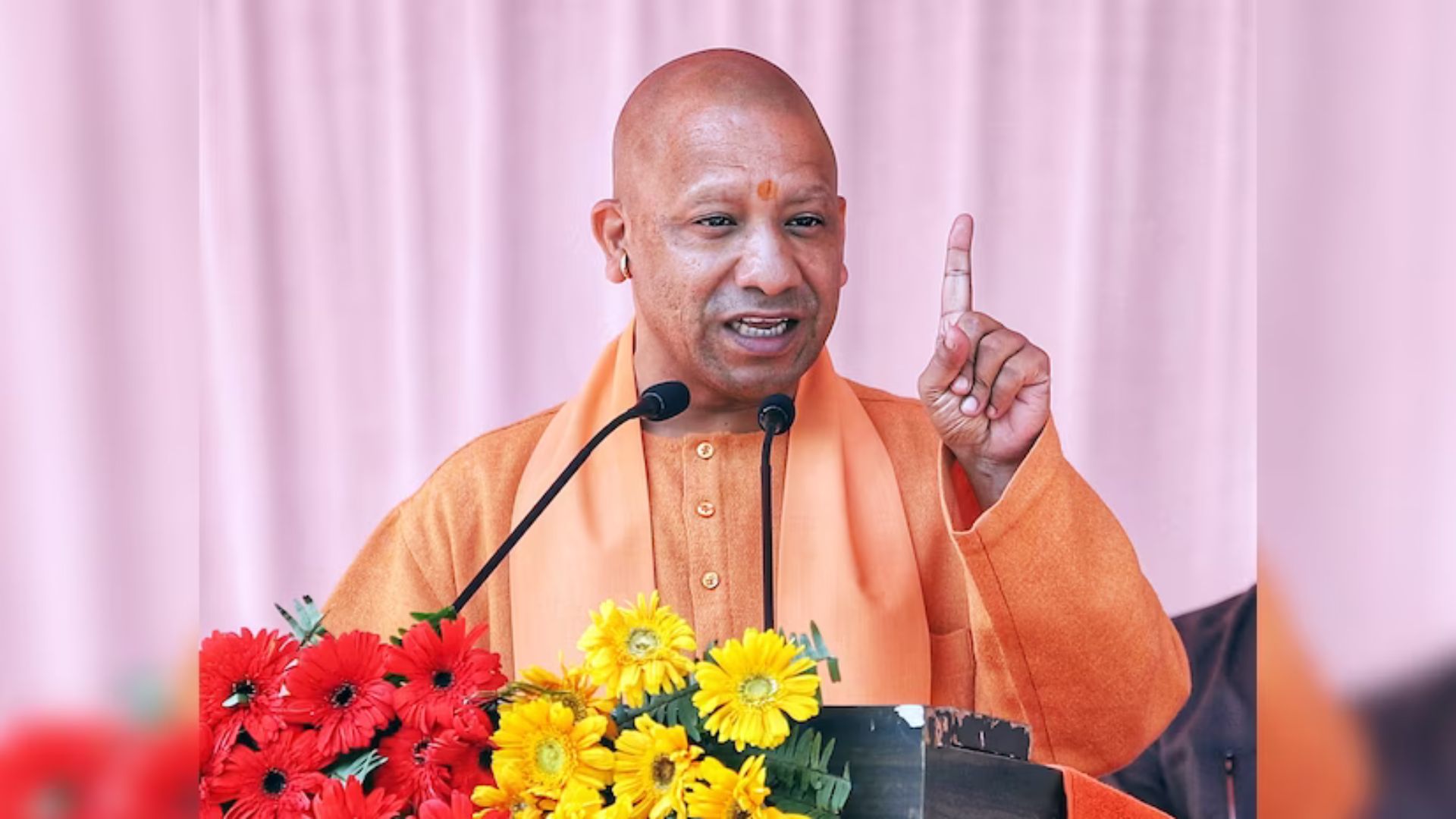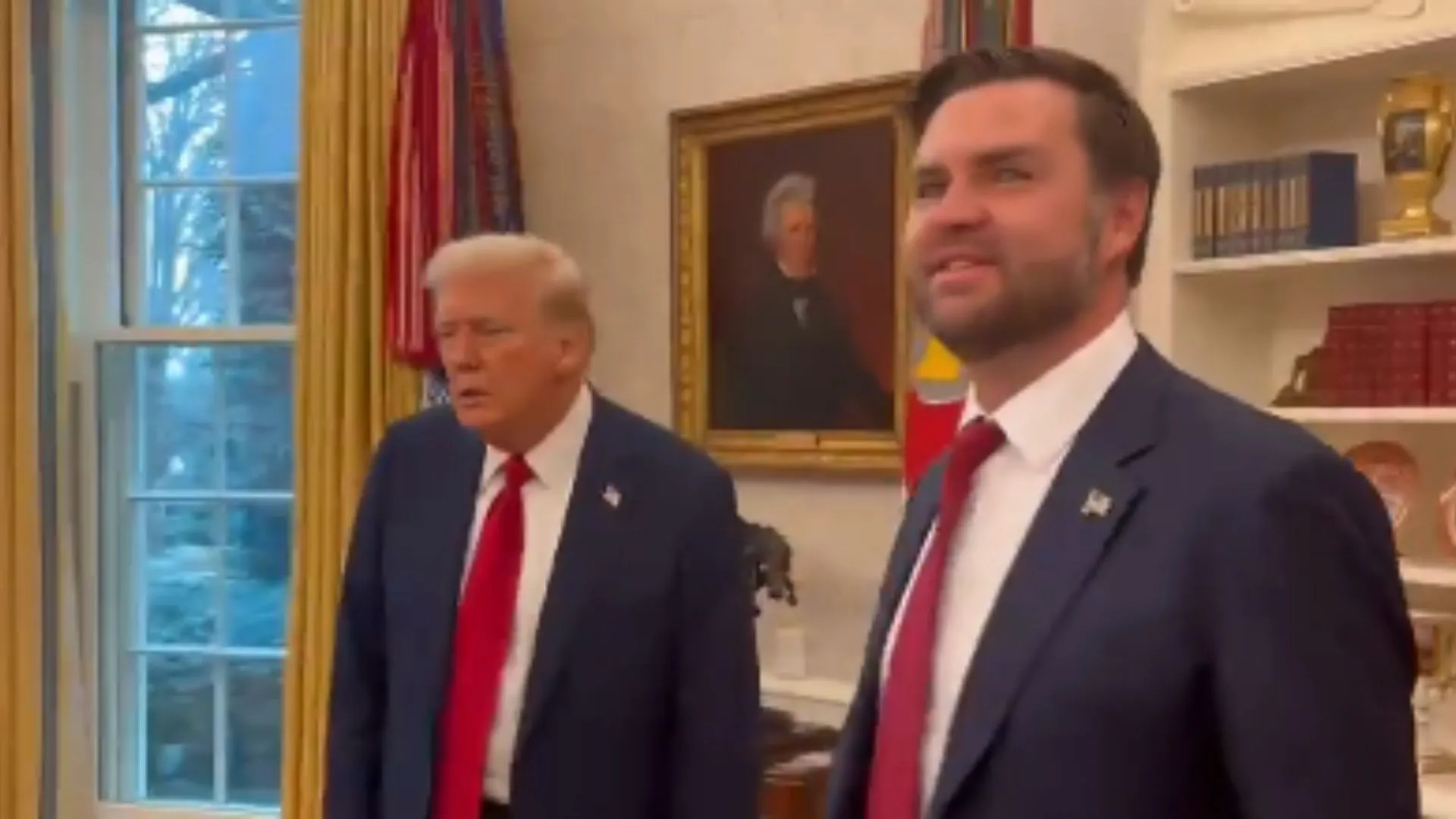In the 17th Lok Sabha elections, the BJP secured 303 seats, marking an increase of 21 seats from its 2014 tally of 282. The party also significantly boosted its vote share, reaching 37.7% compared to 31.34% in 2014. Prime Minister Modi has now aimed for even higher targets in the upcoming elections, seeking 400 seats for the NDA and 370 for the BJP specifically. It’s noteworthy that since India gained independence, the Congress party under Rajiv Gandhi was the only one to surpass these targets, winning 414 seats following the assassination of Indira Gandhi in 1984.
The looming question now is whether, after a decade in power, the BJP can achieve its ambitious goal of securing 400 seats. If so, the party will undoubtedly encounter a range of challenges. It will need to focus its efforts strategically in certain states, regions, or on specific seats to attain this target. Identifying these areas of focus will be crucial for the saffron party.
BJP’s Current Situation In Parliament
While the BJP secured 303 seats in the 2019 elections, by February 2024, when the announcement for the Lok Sabha Election 2024 was made, the party’s MP count had decreased to 289. This reduction was due to various factors: 11 MPs resigned after being elected as MLAs in Chhattisgarh, Madhya Pradesh, and Rajasthan state assemblies, while two MPs, Rattan Lal Kataria from Haryana and Girish Bapat from Maharashtra, passed away before completing their terms, and Babul Supriyo left the party.
The challenge facing the BJP is twofold: first, to regain the 14 seats lost due to resignations and vacancies, and second, even if they manage to retain their current 303 seats, they still need to secure an additional 67 seats to reach the target of 370 seats for the BJP alone. Additionally, their alliance partner needs to win 30 seats across India to achieve the overall target of 400 seats. This uphill task requires meticulous planning and focused efforts in key constituencies across the country.
Identifying the hurdles in retaining their existing 303 seats and securing an additional 70 seats for their party, along with assisting alliance partners in clinching the remaining 30 seats to achieve the coveted 400-seat target, requires a comprehensive analysis. Let’s delve into the specific areas where the BJP needs to concentrate its efforts: state-wise, region-wise, and on individual seats.
States BJP Needs To Focus For 400 Seats
Uttar Pradesh
The state holding the highest promise for the BJP is Uttar Pradesh, which bestowed upon them the majority of seats in both 2014 (71 seats) and 2019 (62 seats) elections. Particularly following the inauguration of the Ram Mandir in Ayodhya, the BJP anticipates strengthening its foothold across various constituencies in UP. Notably, UP boasts the highest number of Lok Sabha seats in India, and historically, the state has been instrumental in determining the nation’s leadership, with several Prime Ministers hailing from there.
However, the BJP faces formidable challenges from the opposition alliance in Uttar Pradesh. The Samajwadi Party and the Congress have joined forces, presenting a unified front against the BJP. Additionally, unexpected farmer protests in certain parts of the state have emerged as a potential threat to some constituencies, adding another layer of complexity to the electoral landscape.
Maharashtra
The second-largest state with 48 seats presents a significant hurdle in the BJP’s path. In the 2019 elections, the BJP secured 23 seats in Maharashtra, while its alliance with the then undivided Shiv Sena garnered 18 seats. However, following the dissolution of the Sena-BJP alliance, the BJP is expected to contest 30 seats independently, while the remaining 18 seats will be contested by its new partners, Shiv Sena (led by Eknath Shinde) and NCP (led by Ajit Pawar).
Yet, the alliance faces challenges in seat-sharing and candidate declaration, with the MVA alliance taking a lead in campaigning by announcing a majority of its candidates.
Moreover, BJP’s new alliance must confront the unified front of the Shiv Sena (led by Uddhav Thackeray), NCP (under Sharad Pawar’s leadership), and Congress. There’s also the potential for a sympathy wave, particularly towards the Uddhav and Sharad Pawar factions, following the departure of their MLAs and MPs from the party, along with the Election Commission’s decision to allot the party name and symbol to their rivals.
Bihar
In Bihar, the BJP clinched 17 seats in the previous election and a total of 39 seats in alliance. However, with the frequent shifts in allegiance by Nitish Kumar and the rise of Tejashwi Yadav and his party’s alliance with Congress, the BJP faces a formidable challenge in maintaining its performance from 2019.
Delhi
In Delhi, the BJP secured all 7 seats in both the 2019 and 2014 elections. However, following the arrest of Arvind Kejriwal and the corruption charges leveled against him, there’s intrigue over whether AAP can transform this situation into a sympathy wave in their favor. Alternatively, they might opt to let BJP maintain its dominance in all the seats. For BJP, winning all 7 seats in Delhi is crucial if they aim to achieve their target of 400 seats in total.
West Bengal
In the 2019 elections, the BJP’s victory in 18 seats in West Bengal came as a surprise to many. Following the uproar over the Sandeshkhali incident, it remains to be seen whether this controversy affects the vote share of the Trinamool Congress and aids the BJP in expanding its presence in the state.
Uttar Pradesh and West Bengal are critical states for the BJP, where they garnered 60 percent of the votes in the previous election. To achieve their target of 400 seats, they would need to elevate their strike rate to 80 percent in these states.
Haryana
In 2019, the BJP captured 58.21 percent of the vote in the state. However, in the wake of the ongoing farmers’ protest and growing anti-incumbency sentiments, sustaining their previous performance poses a considerable challenge for the BJP.
Karnataka
After securing victory in 25 out of 28 seats in 2019, the BJP now faces a formidable challenge from the Congress, which has gained momentum after winning a majority of seats in the state assembly election.
North – South Divide
In 2019, the BJP secured 210 out of 285 seats from states like UP, Bihar, MP, Rajasthan, Chhattisgarh, Uttarakhand, Delhi, Gujarat, Assam, and Maharashtra. Even if the party manages to maintain its current performance in North India, achieving the target of 370 seats necessitates winning 160 seats from the rest of India. While focusing on states like West Bengal and Punjab could contribute to this goal, the BJP must also prioritize its efforts in South India.
In the previous election, the BJP only secured 29 out of 128 seats in South India, with no wins in Tamil Nadu, Andhra Pradesh, and Kerala. Karnataka, where the party won 25 seats, now poses a challenge following Congress’s strong performance in the state assembly election. Despite recent gains such as the Katchatheevu Island issue, the BJP needs to translate its vote share into actual victories in these regions.
To surpass the 370/400 mark, the BJP or NDA must secure an additional 16 seats in UP, establish a significant presence in West Bengal and Odisha, and enhance their performance in states like Tamil Nadu and Andhra Pradesh, either independently or through new alliances. This strategic approach is essential for achieving the ambitious goal set by the party.

